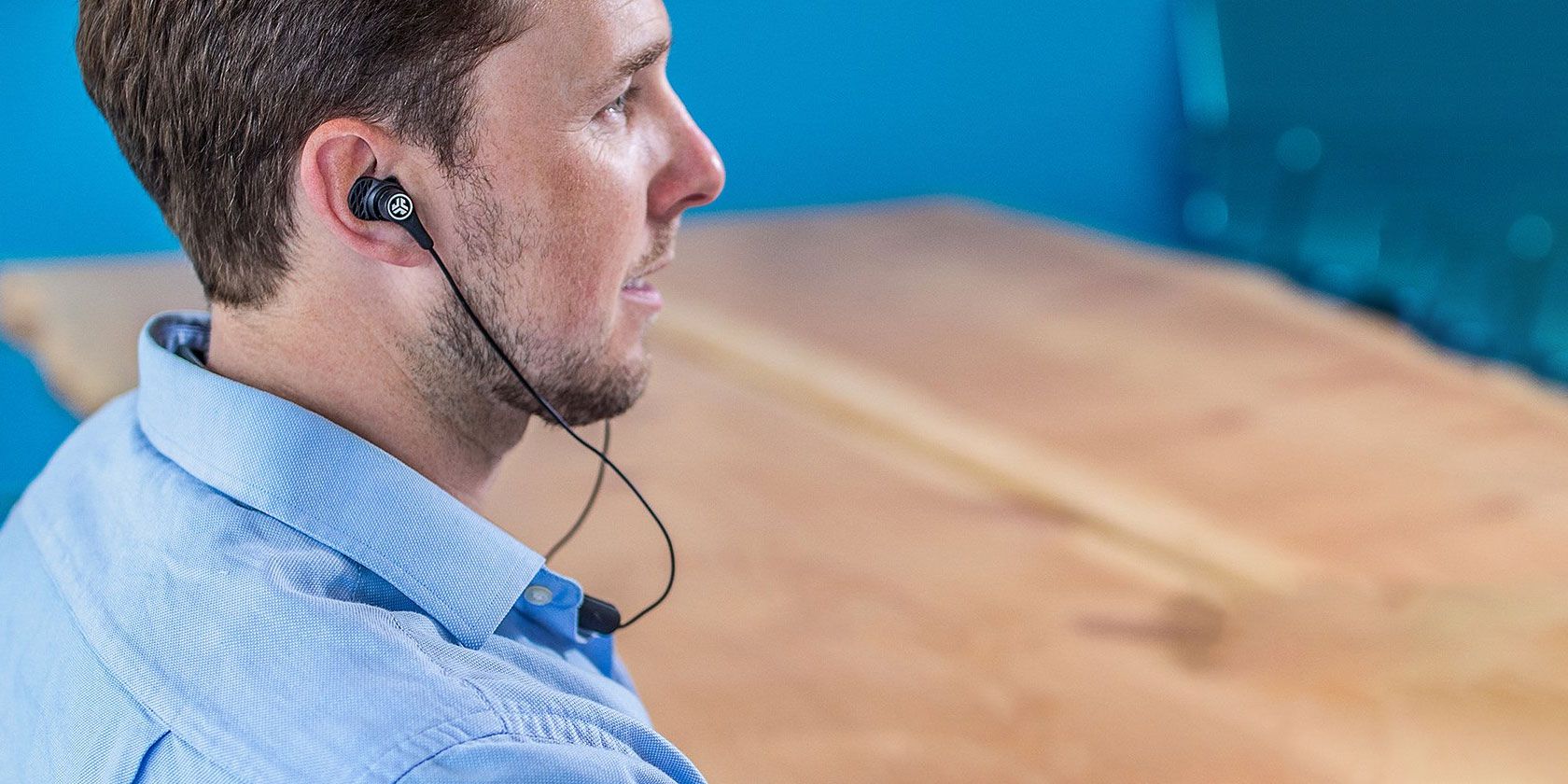
As we age, our basic senses continuously degrade. Hearing loss is one of the more debilitating and less easily treatable disabilities and it’s not just affecting the elderly. According to the WHO, over a billion people between the ages of 12-35 are at risk of hearing loss due to recreational noise exposure.
Many companies have released products to address hearing loss and we went to see a few of them at CES.
1. AudioCardio: A Workout for Your Ears

AudioCardio’s co-founder Chris Ellis told us that he had to watch his grandfather go from hearing loss to social isolation and dementia before he passed away. This story highlights the heartbreaking consequences of losing your hearing as you age. Together with his partner, who has a background in music production and has done research on how the brain processes sound, Chris founded AudioCardio to prevent and potentially reverse hearing loss using sound therapy.
All you need to start the therapy is AudioCardio’s app (iOS, Android version expected this month) and a pair of headphones. In the initial assessment, the mobile app measures your hearing abilities and determines which decibel levels you’re able to perceive. During your daily 30 to 60 minutes sound therapy sessions, you will listen to your own music, podcasts, or audio books. You will need to retake the assessment once a week and you should see improvements after as little as two weeks.
AudioCardio’s sound therapy has not been approved by the FDA, yet, but several studies and preliminary clinical trials show that their technology can restore up to 10dB of lost hearing. They are seeking FDA approval, which can take several years. Meanwhile, you can use their subscription service at $15 per month or $100 per year.
2. Eargo Neo HiFi: The Invisible Hearing Aid
The stigma of wearing a hearing aid prevents many young people from seeking treatment. Eargo’s emphasis is on producing tiny hearing aids that are virtually invisible. At CES 2020, they announced the fourth generation of their hearing loss solution.
The Eargo Neo HiFi fits snuck and comfortably into any ear. A transparent pull-cord ensures that you can easily remove the hearing aid, but it’s shaped so that it remains invisible when you’re wearing it.

Setting up the Eargo Neo HiFi does not require a hearing test. Instead, it comes with three presets for mild, medium, severe hearing loss.
Until March 31, 2020, you can buy the Eargo Neo HiFi at the introductory price of $2,650. After that, they will be $2,950. The company does offer monthly financing. These hearing aids come with a 45-day money back guarantee, two-year warranty, and lifetime support.
3. OrCam Hear: Solving the Cocktail Party Effect
Conventional hearing aids struggle with isolating voices. In a busy environment, people wearing a hearing aid find it nearly impossible to follow a conversation as all the voices melt together; this is known as the cocktail party effect.
The OrCam Hear is an AI-driven solution that solves this dilemma by identifying lip movements and body gestures of a speaker. As the wearer of the device physically directs their attention to another speaker, the OrCam Hear can seamlessly switch to the new voice. The OrCam Hear is an add-on device that pairs to your hearing aid using Bluetooth.
The OrCam Hear is not available for retail, yet.
Bonus: Puro Sound Labs PuroPro
For young people, recreational noise exposure is the biggest contributor to early hearing loss. Puro Sound Labs has been addressing this issue with headphones for kids, limited to a safe volume of 85dB. At CES 2020, they announced a new line of headphones for adults, the PuroPro.

The PuroPro Bluetooth headphones feature two-stage active noise cancelling of 22-32dB. To further accommodate noisy environments, the PuroPro permits a maximum volume of 95dB, though you should not exceed this volume for more than 50 minutes a day.
The PuroPro will be available in late Q1 2020 for $199.99.
Don’t Let Hearing Loss Get You (Down)
As long as you’re not affected by significant hearing loss, you should seriously consider limiting your noise exposure. But keep in mind that hearing peaks at age 25 and declines as we age. Training your sense of hearing could slow down this decline. And if your hearing loss has progressed too far, smart hearing aids can artificially restore your hearing to some degree.
We have previously reviewed Nura’s Nuraphone headphones, which personalize sound to your ears and hearing abilities.
Read the full article: 3 Notable Hearing Loss Solutions We Found at CES 2020
from MakeUseOf https://ift.tt/35AOAst
via IFTTT
0 comments:
Post a Comment